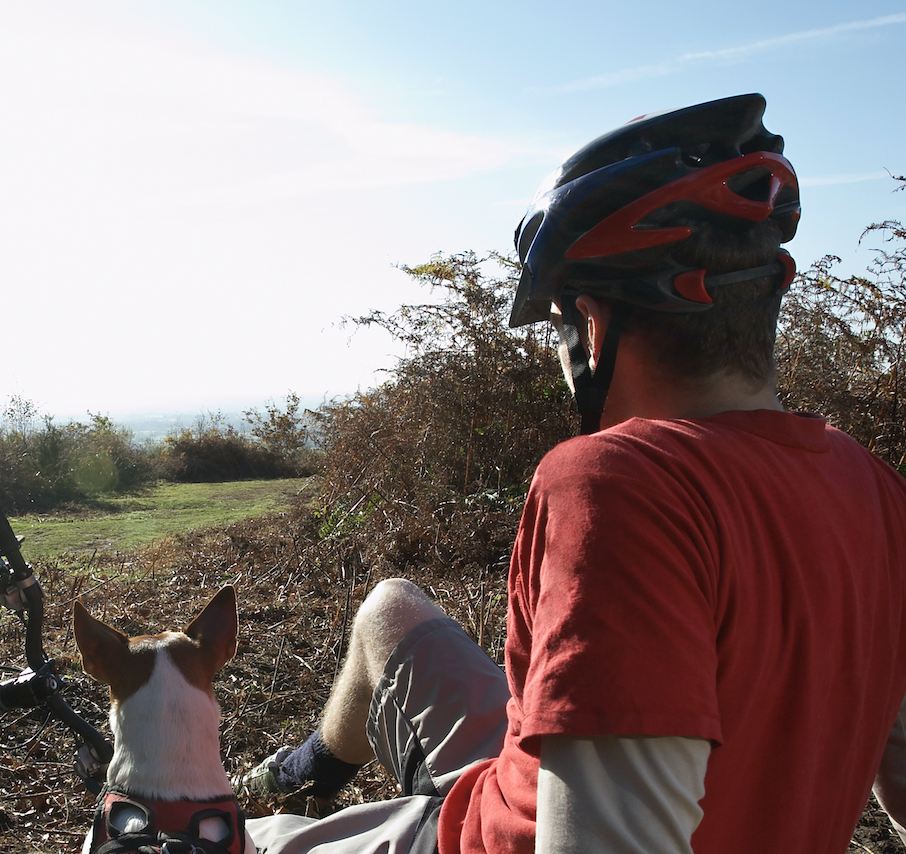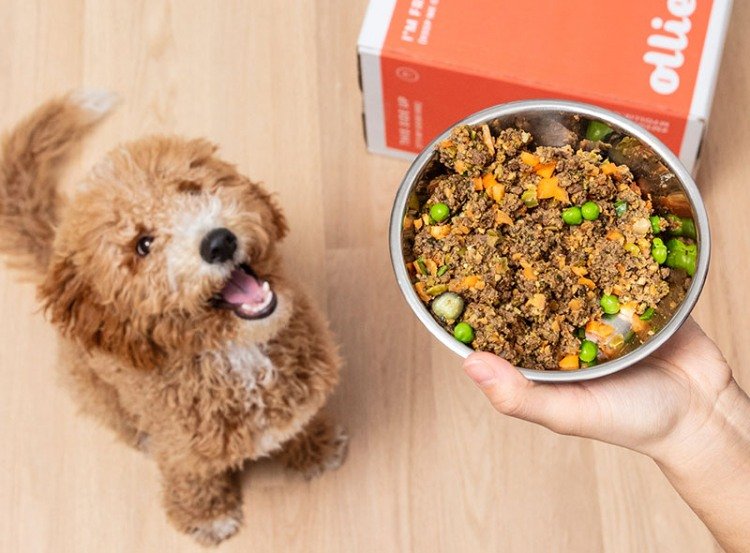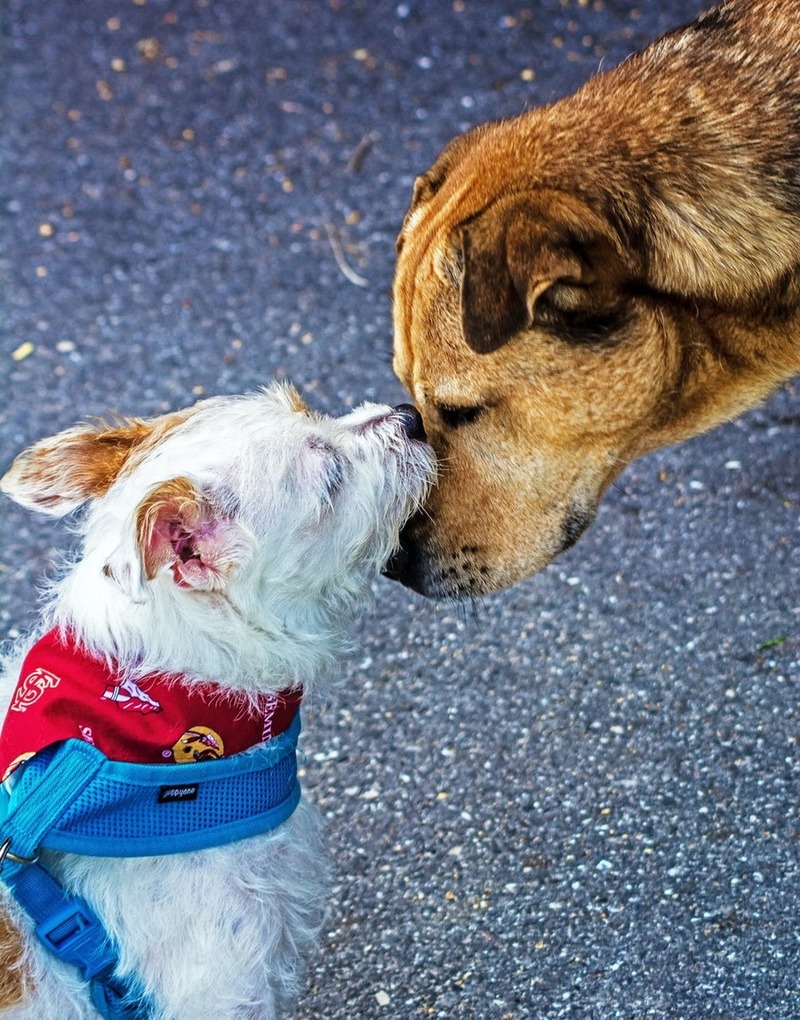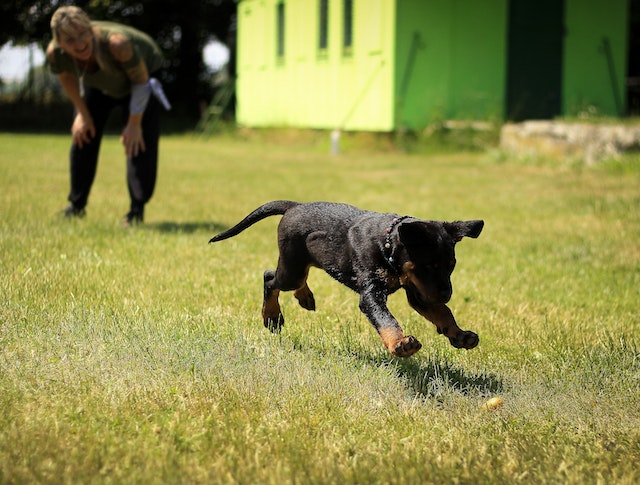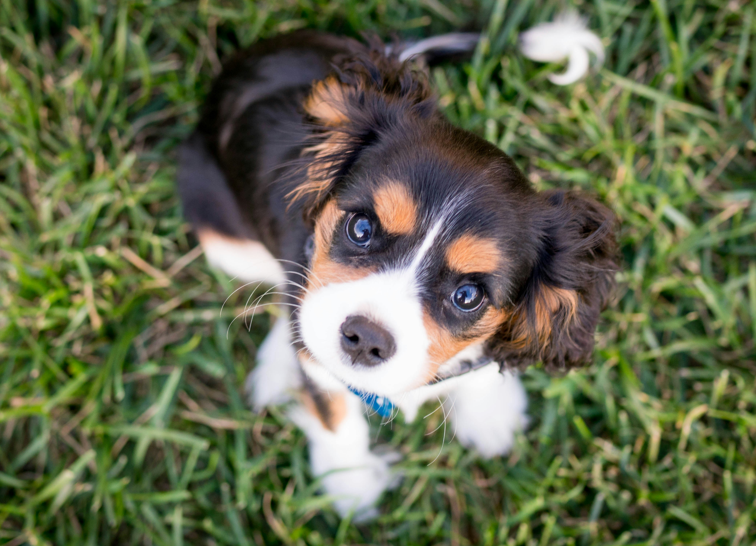
You have welcomed a new paw family member into your home and are ready to embark on a new journey! What wonderful news!
It truly is exciting to get a puppy and offer them a loving forever home, where they can thrive and develop into happy adult dogs! While the presence of a paw friend will make your days full of joy and funny adventures, there are certain aspects of being a puppy parent that require your undivided attention and responsible approach.
Most of you (who already have a dog) know that the first several months of raising a pup can be a real challenge! You probably remember all the small “surprises” your pup left for you at home, like poop and pee, chewed pieces of furniture, shoes, doors, or even walls…
Like humans, dogs need time to explore their surroundings, understand their boundaries, and learn how to behave appropriately. While some behaviors come naturally with aging, others require your effort, time, and patience. Once pups start going outside (after they have received a full shot of vaccinations), they gradually learn to eliminate outdoors and not at home.
Today, we will give you helpful tips on how to toilet-train your new paw friend in just one week!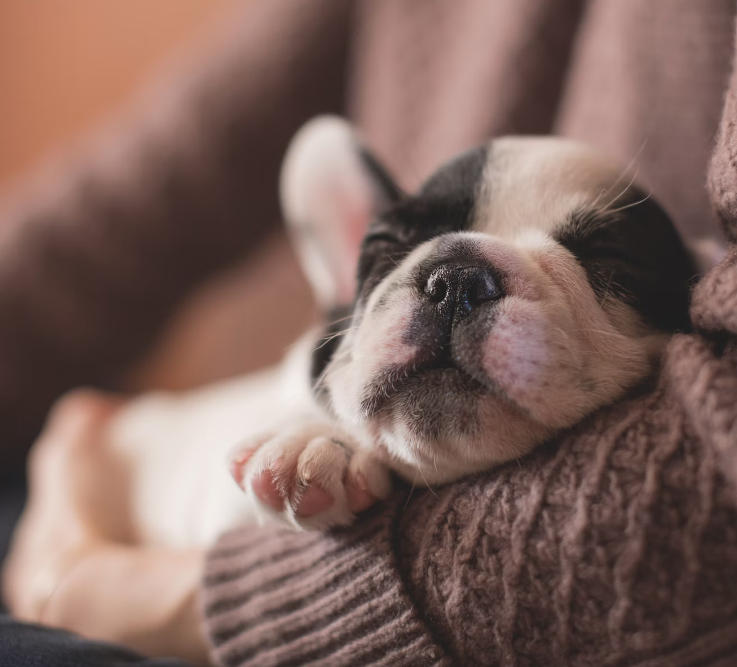
Make Preparations
Choose a Suitable Spot
The first step of the process is choosing a specific location to toilet-train your pup. Since puppies can not go outside before being vaccinated, the initial area for toilet training should be indoors, at home. Once they have received their vaccinations, you can transition the training process to the outdoors.
When you choose a specific spot for your puppy to relieve themselves, their scent will accumulate and will help them associate it with toileting. Throughout the process, you need to make sure that your pup associates the designated area with the exact behavior (eliminating) and that it is paired with a positive experience (reward).
Make Adjustments at Home
Toilet-training a puppy involves not only acquiring supplies but also removing items from the home, such as rugs/carpets. While your pup is still learning where to eliminate and how to be a polite and well-mannered family member, incidents are likely to happen.
If you have valuable items at home that you want to keep dry and clean, we advise you to move them to another area/room at home that your pup does not have access to.
Prepare Supplies
Once you choose a specific location, you need to place their pee pads or a litter box. Remember that these supplies will be needed for indoor use only, while your pup is still very young and can not go outside.
Unlike cats, who have an instinct to eliminate in sandy soil, and bury their feces to protect themselves from predators, this is not the case with dogs.
Prepare Reward
Whether it is toilet training or another type of training, dogs should feel motivated to exhibit desired behaviors.
Talking about motivation, positive reinforcement, particularly in the form of treats, has proved a simple and effective method to train dogs in specific behaviors. Treats and food, in general, are considered which are considered primary positive reinforcement tools.
You should prepare delicious treats or toys (in case your paw friend is more toy-motivated) and be ready to reward them once they show the wanted behavior- eliminating in the designated area. Also, don’t forget to praise your young paw friend for being a good boy/girl!
Rewarding your dog will not only help you train them in specific behaviors but will also help you strengthen your bond with them.
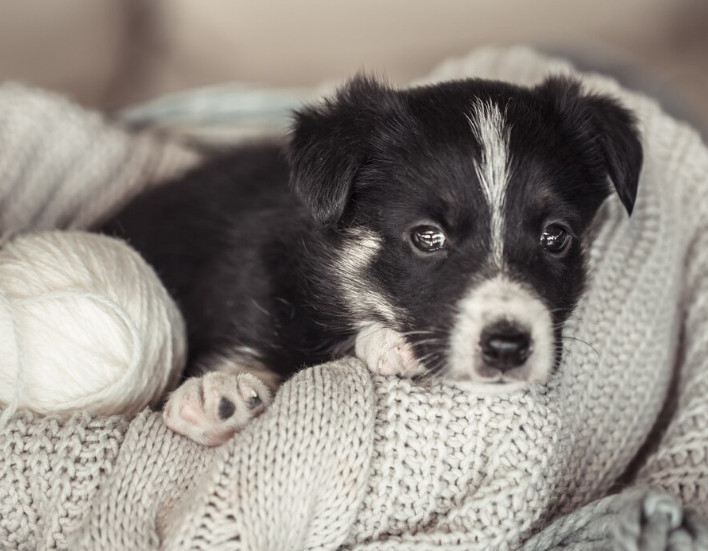
What Should You Keep in Mind?
We will list several factors that you should consider when toilet-training your pup or training them to exhibit any specific behaviors.
Patience
Many owners get discouraged very easily after several unsuccessful attempts to teach their pups to relieve themselves in the designated spots. They immediately start questioning their pups’ skills and also their capabilities as handlers.
Remember that training takes time and each dog learns at their own pace. Don’t get discouraged and remain patient!
Consistency
Consistency is a crucial aspect of every process and this applies not only to puppy training.
Make the process of toilet training a routine! This will help your paw friend learn more quickly and will also bring a sense of accomplishment and safety. As you may know, dogs thrive on routine.
Constant Observing
Toilet training requires you to constantly monitor your puppy and be ready to take action! By taking action, we mean:
- Moving your pup to the designated spot once they are about to eliminate;
- Rewarding the pup promptly once they eliminate on the right spot (timing is essential in dog training);
- Making adjustments in the training process based on the pup’s response.
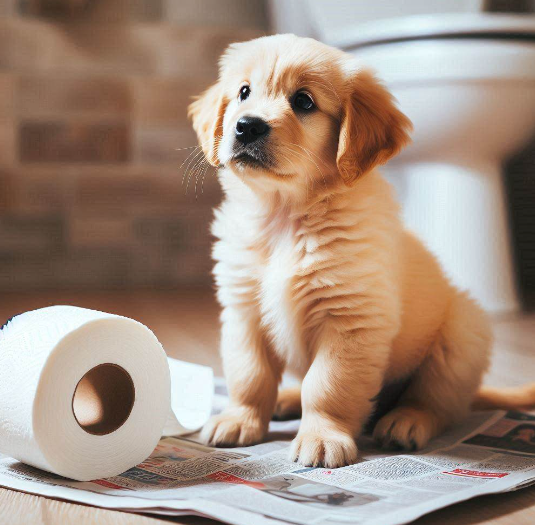
How Does the Process Look?
It is simple, you just need to be patient and consistent. Keep in mind that puppies need to go to the toilet every 1–2 hours, especially after mealtime, and after they have woken up.
Monitor your furry friend in these specific events. Once you notice your pup is about to pee/go potty, quickly put them on the pee pad/litter box. Say a chosen cue word like “potty” or “go potty” and then praise and reward them with delicious treats if they eliminate in the designated area.
Additionally, you may want to keep them closer to the designated area after mealtime, so you do not have to carry them through the entire apartment/house to place them in their spot. Give your pup time to finish their business and do not interrupt them.
If your pup is already vaccinated and can go outside, you may consider using a leash to prevent them from getting distracted and wandering off.
Again, you should take them to a designated area, e.g. in the backyard/garden, so that the scent can help them recognize this area as the spot for toileting.
Say the verbal cue (go potty) and reward them for exhibiting the wanted behavior.
Potty training takes time, and accidents are normal, especially with young puppies. We would highly recommend that you avoid punishing your puppy for accidents indoors, as this will only confuse and scare them. Clean up after your pup instead and continue with consistent potty breaks.
It is essential to stick to a regular schedule, especially when it comes to feeding, as this will help regulate your pup’s bathroom habits.
Last but not least, monitor your paw friend’s water intake. Limit your puppy's access to water before bedtime to reduce the likelihood of nighttime accidents. However, please make sure they are hydrated throughout the day and have constant access to fresh water.



